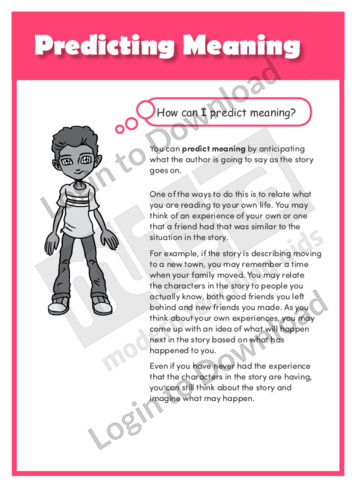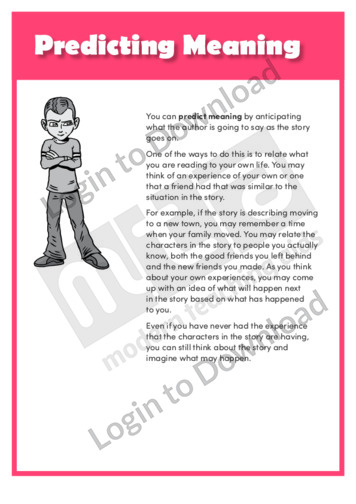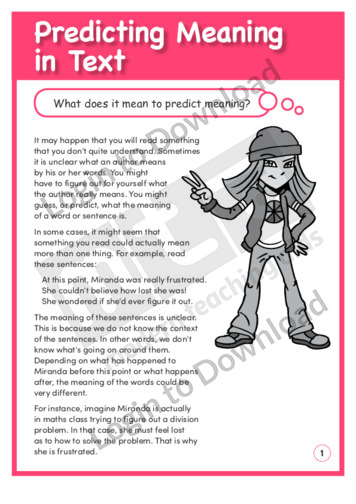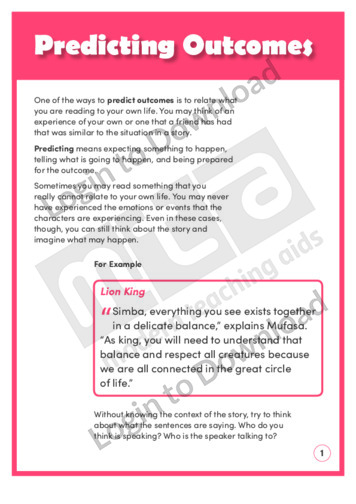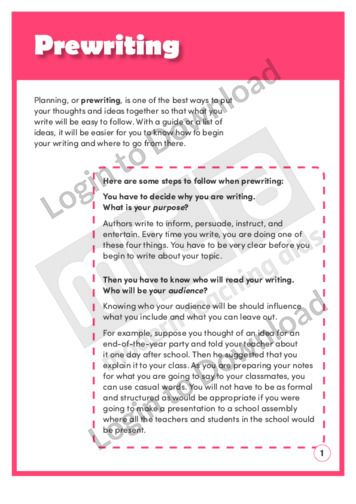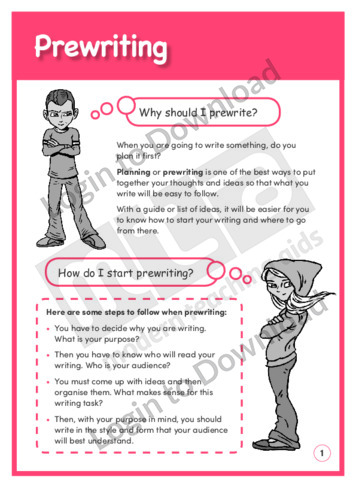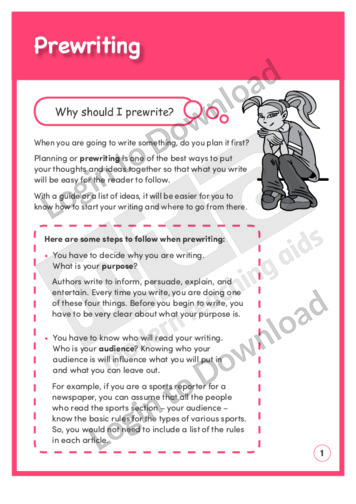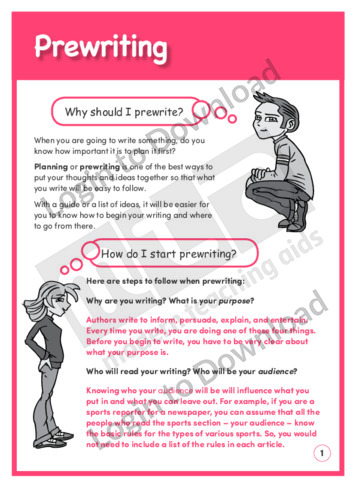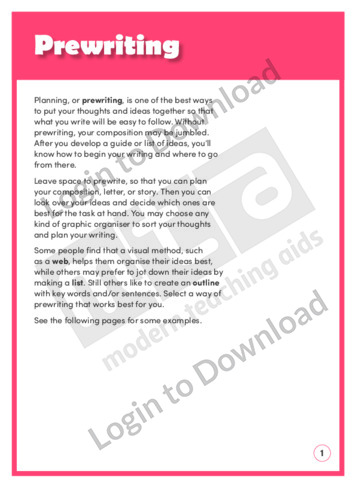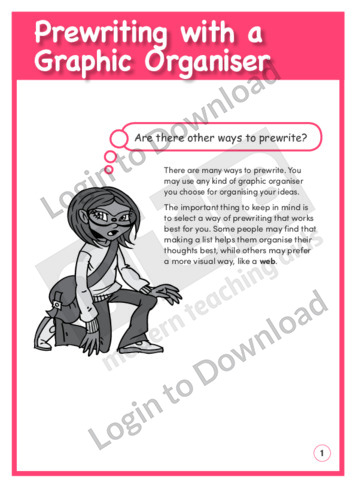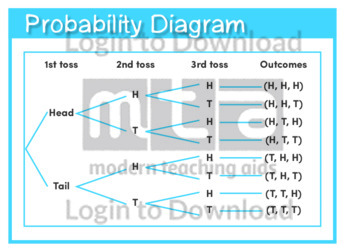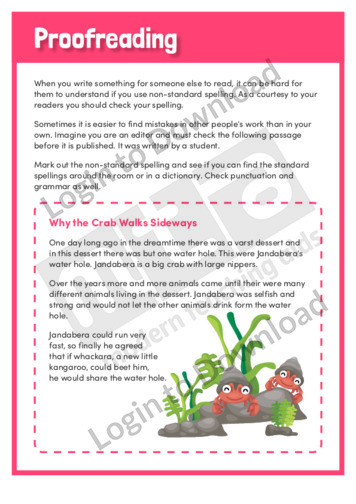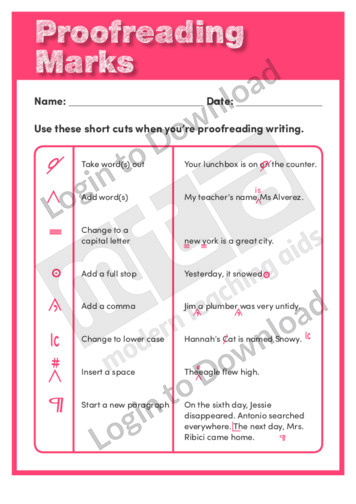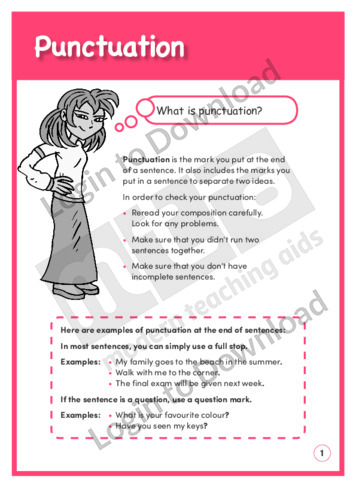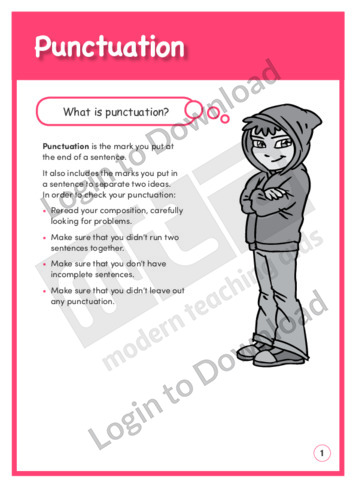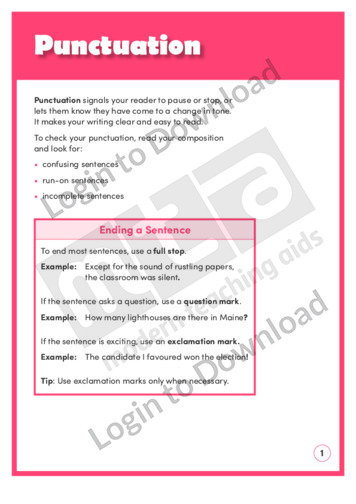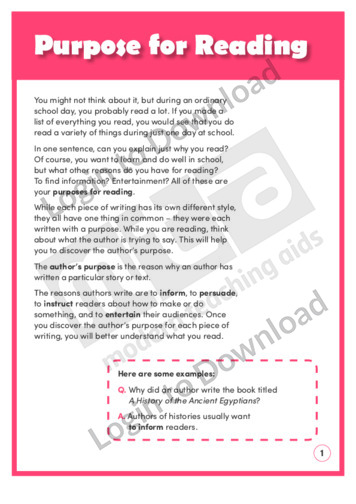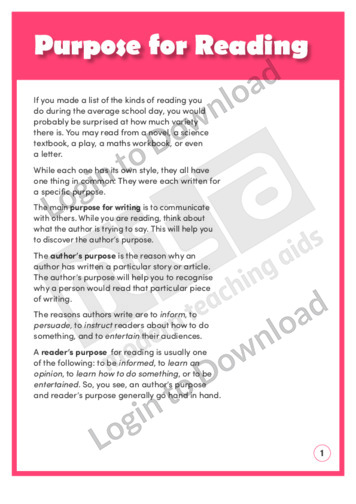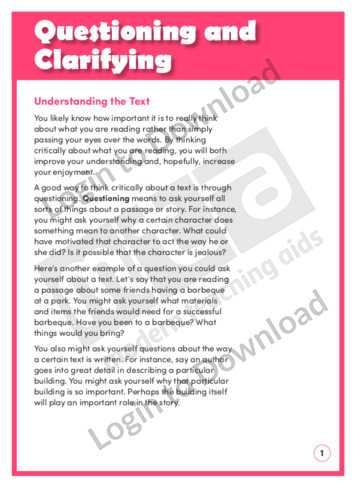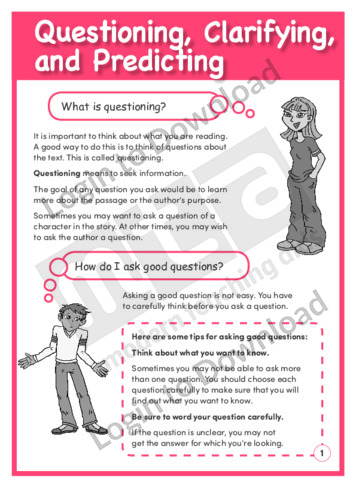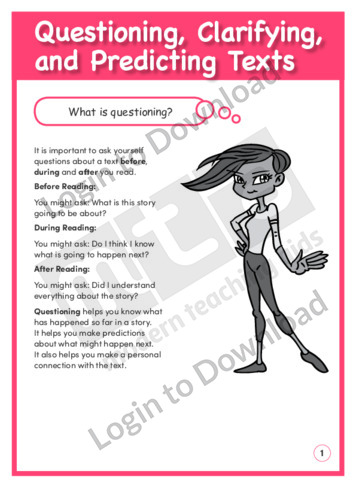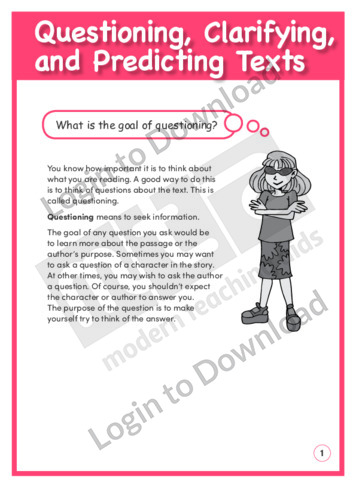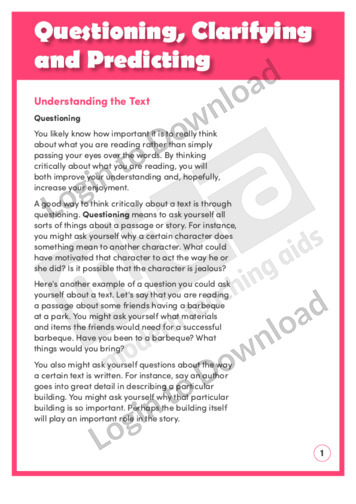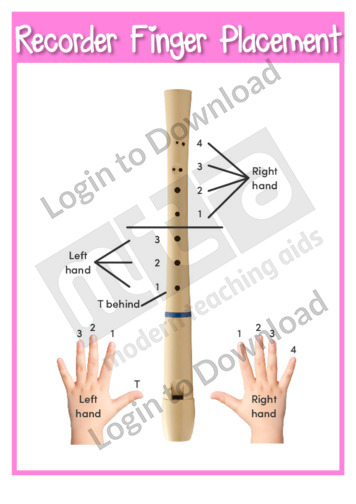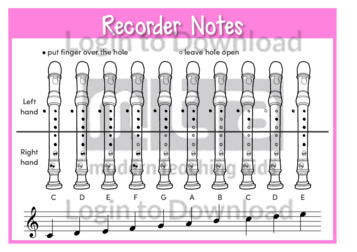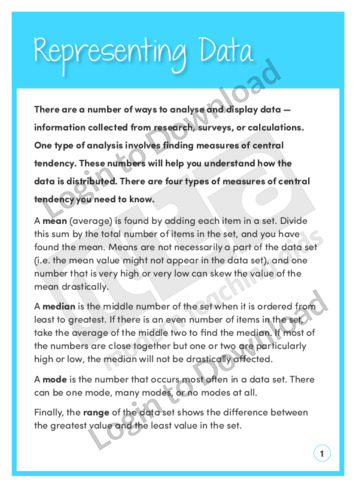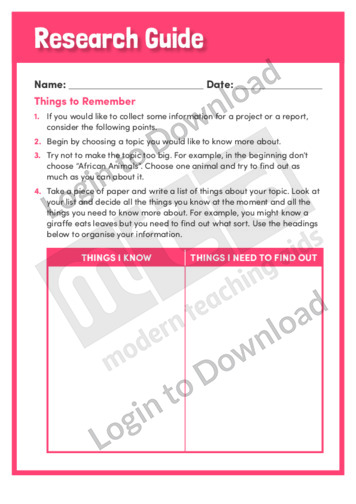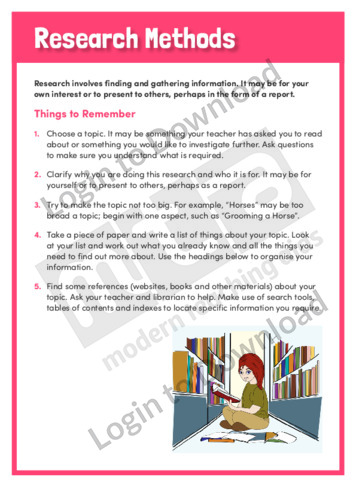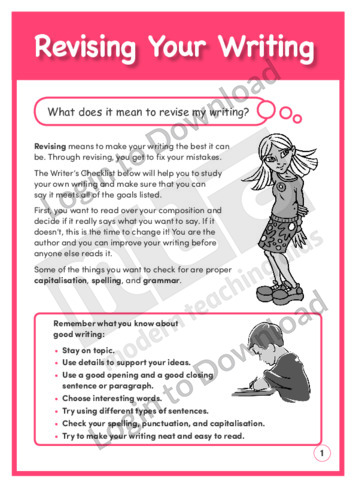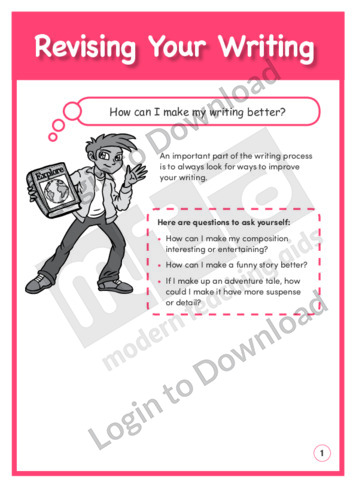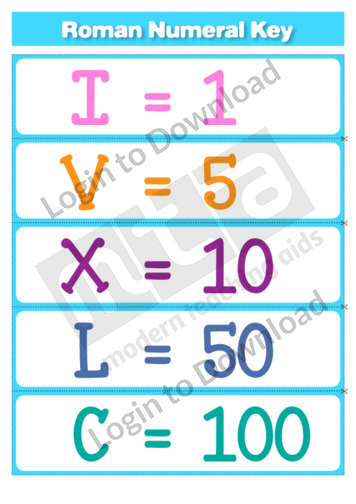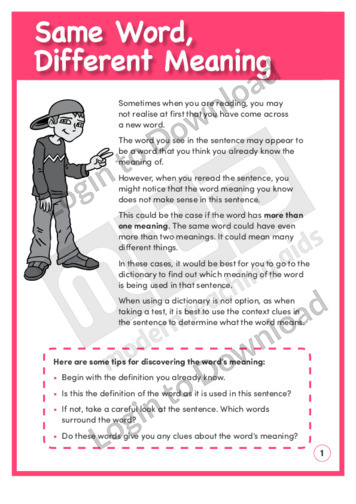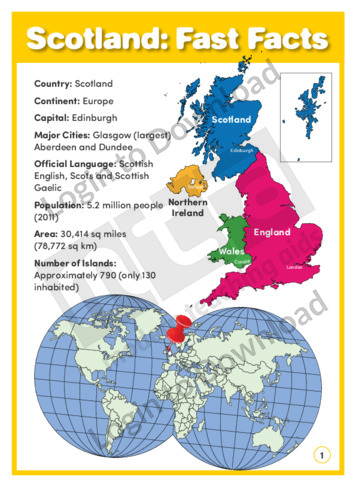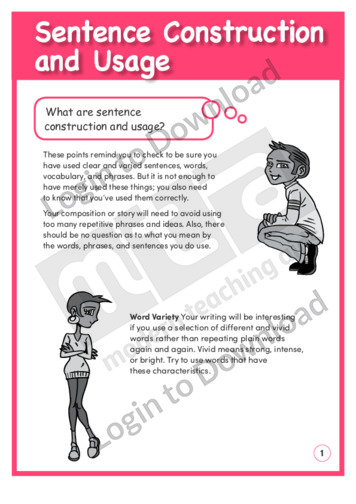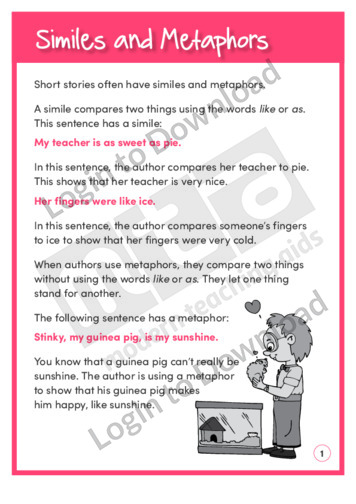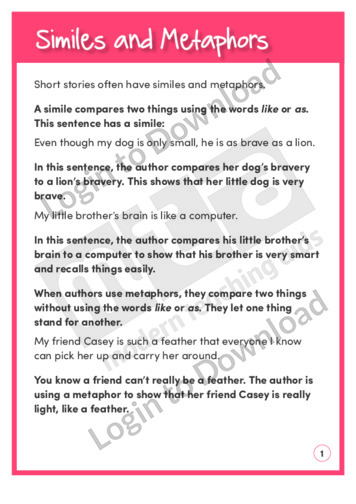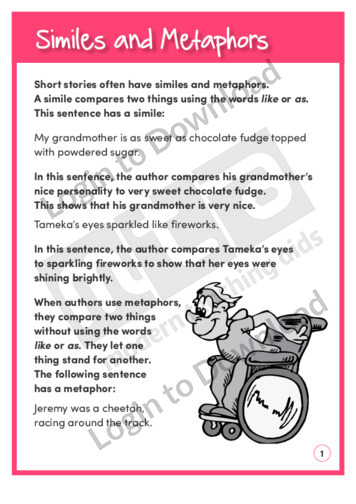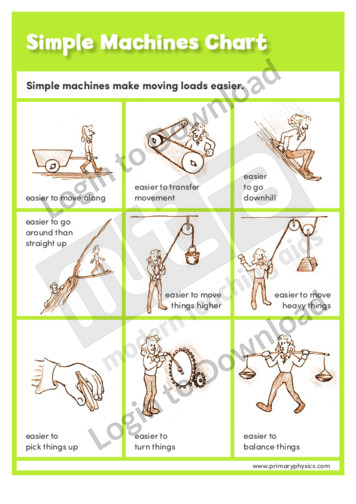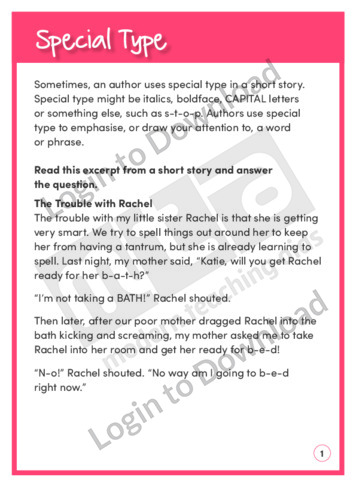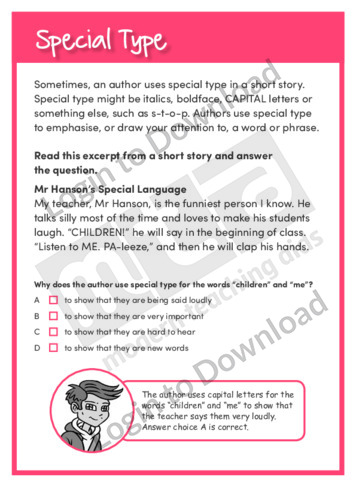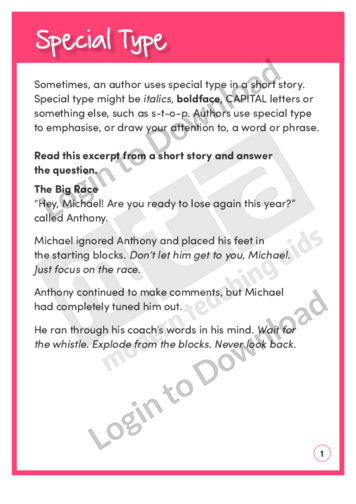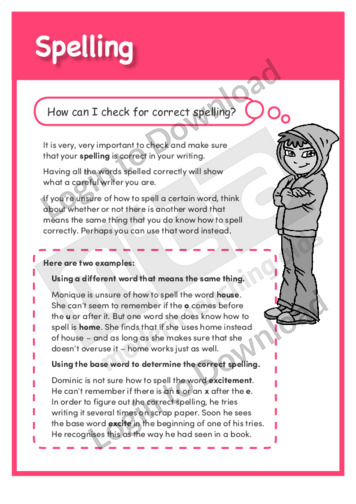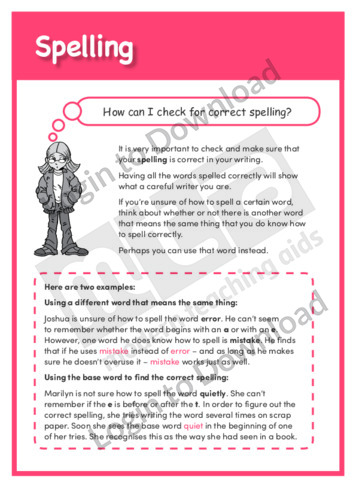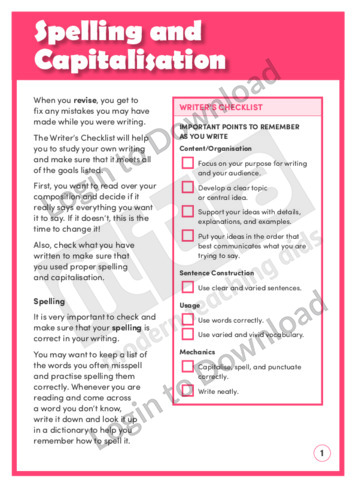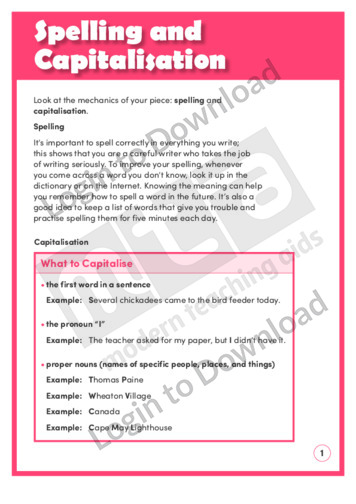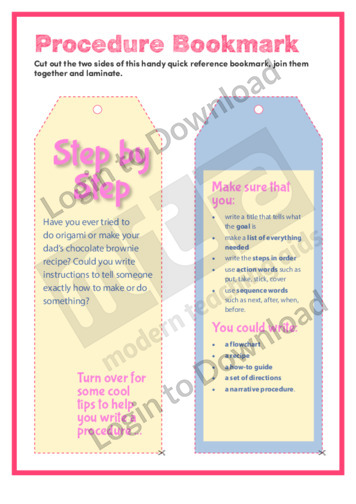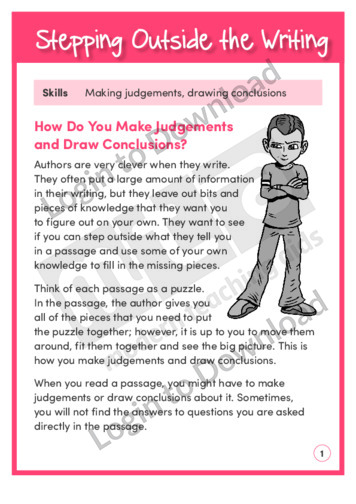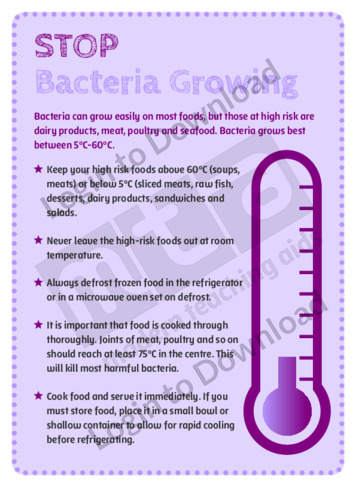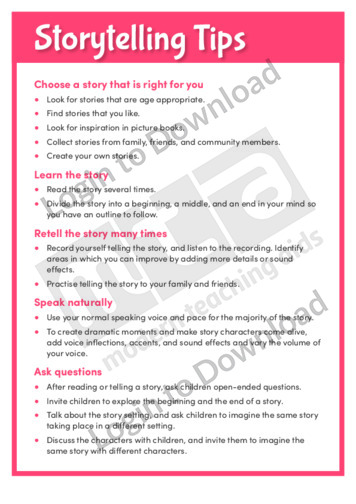This quick reference chart ‘Predicting Meaning’ shows students how to relate what they are reading to their own life to predict the meaning of a text. It is aimed at encouraging students to ask themselves questions as they read a text in order to predict what will happen next by using clues from the story, …More
This quick reference chart ‘Predicting Meaning’ shows students how to relate what they are reading to their own life to predict the meaning of a text. It is aimed at encouraging students to ask themselves questions as they read a text in order to predict what will happen next by using clues from the story, …More
This quick reference chart ‘Predicting Meaning in Text’ gives students different tactics to predict the meaning of a story. It encourages students to use their personal experience and clues from tone and expression to guess the meaning of a sentence with little or no context.
This quick reference chart ‘Predicting Outcomes’ gives students different tactics to predict what will happen next in a story. It encourages students to use their personal experience and clues from tone and expression to guess the meaning of a sentence with little or no context and uses an example text to illustrate this approach.
This quick reference chart ‘Prewriting’ shows students how to plan and organise their ideas before they write. It introduces students to the principles of prewriting including planning for the purpose, audience, organisation and style of their text before starting to write. It includes examples of using a list, outline and web as ways to organise …More
This quick reference chart ‘Prewriting’ helps students to plan what they want to say before they write. It introduces students to the principles of prewriting and the steps to follow, including planning for the purpose, audience, organisation and style of their text before starting to write. It also provides a checklist for good writing that …More
This quick reference chart ‘Prewriting’ helps students to plan and organise their ideas before they write. It introduces students to the principles of prewriting and the steps to follow, including planning for the purpose, audience, organisation and style of their text before starting to write. It also provides a checklist for good writing that includes …More
This quick reference chart ‘Prewriting’ helps students to plan and organise their ideas before they write. It introduces students to the principles of prewriting and the steps to follow, including planning for the purpose, audience, organisation and style of their text before starting to write. It introduces students using a list and outline as ways …More
This quick reference chart, ‘Probability Diagram’ can be reproduced for classroom use.
This quick reference guide, ‘Proofreading’ explains the importance of proofreading and provides an example for study. Answer sheet provided with file download.
This quick reference tool ‘Proofreading Marks’ shows students how to use marks as they proofread their writing.
This quick reference tool ‘Publishing Ideas’ offers presentation and format ideas for students as they plan to publish their writing.
This quick reference chart ‘Punctuation’ offers guidance on full stops, question marks, exclamation marks and commas. It introduces students to the mechanics of this area and includes a list of reference examples for correct usage.
This quick reference chart ‘Punctuation’ offers guidance on full stops, question marks, exclamation marks and commas. It introduces students to the mechanics of this area and includes a list of reference examples for correct usage.
This quick reference chart ‘Punctuation’ offers guidance on full stops, question marks, exclamation marks, commas and colons. It introduces students to the mechanics of punctuation and includes a list of reference examples for correct usage, as well as tips for revising punctuation.
This quick reference chart ‘Punctuation’ offers guidance on full stops, question marks, exclamation marks, commas, semicolons and colons. It introduces students to the mechanics of punctuation and includes a list of reference examples for correct usage, as well as tips for revising punctuation.
This quick reference chart ‘Punctuation Marks’ offers guidance on full stops, question marks, exclamation marks, commas and colons. It introduces students to the mechanics of punctuation and includes a list of reference examples for correct usage, as well as tips for revising punctuation.
This quick reference chart ‘Purpose for Reading’ helps students identify why they read and why authors write different texts. It is aimed at introducing students to the principles of why authors write – to inform, instruct, persuade and entertain – so that students can identify the purpose of each text and gain a deeper understanding …More
This quick reference chart ‘Purpose for Reading’ helps students identify why they read and why authors write different texts. It is aimed at introducing students to the principles of why authors write – to inform, instruct, persuade and entertain – so that students can identify the purpose of each text and gain a deeper understanding …More
This quick reference chart ‘Questioning and Clarifying’ shows students questions to ask themselves to help them better understand a text. It is aimed at encouraging students to ask themselves questions as they read a text in order to gain a deeper understanding of its purpose and make a personal connection with the story.
This quick reference chart ‘Questioning and Clarifying’ shows students questions to ask themselves to help them better understand a text. It is aimed at encouraging students to ask themselves questions as they read a text in order to gain a deeper understanding of its purpose and make a personal connection with the story.
This quick reference chart ‘Questioning, Clarifying, and Predicting’ helps students ask questions to understand a text and predict its outcome. It is aimed at encouraging students to ask themselves questions as they read a text in order to gain a deeper understanding of its purpose, predict what will happen next and make a personal connection …More
This quick reference chart ‘Questioning, Clarifying, and Predicting’ shows students questions to ask themselves to help them understand a text. It is aimed at encouraging students to ask themselves questions as they read a text in order to gain a deeper understanding of its purpose, predict what will happen next and make a personal connection …More
This quick reference chart ‘Questioning, Clarifying, and Predicting’ shows students questions to ask themselves to help them understand a text. It is aimed at encouraging students to ask themselves questions as they read a text in order to gain a deeper understanding of its purpose, predict what will happen next and make a personal connection …More
This quick reference chart ‘Questioning, Clarifying and Predicting’ shows students questions to ask while reading a text to help them understand it. It is aimed at encouraging students to ask themselves questions as they read a text in order to gain a deeper understanding of its purpose, guess what will happen next and make a …More
This quick reference sheet, ‘Recorder Finger Placement’ provides students with a chart outlining the appropriate finger placement when playing the recorder. The diagram is simple and can be used to assist in the introductory stages of learning how to play the recorder. It can also be used as a valuable resource to send home with …More
This quick reference sheet, ‘Recorder Notes’ provides students with a chart outlining the appropriate finger placement for each note of the scale when playing the recorder. The diagram is simple and can be used to assist in the introductory stages of learning how to play the recorder. It can also be used as a valuable …More
This data and probability worksheet, ‘Representing Data’ allows for practice representing and classifying data and using measures of central tendency. Answer sheet provided with file download.
This quick reference guide, ‘Research Guide’ provides students with guidance and a template to help them to organise information.
This quick reference guide, ‘Research Methods’ supports students with tips and a template as they plan and carry out research.
This quick reference chart ‘Revising Your Writing’ shows students what to look for when they proofread their work. It is aimed at encouraging students to review the content, organisation, sentence construction, usage and mechanics in their writing and suggests questions they should ask themselves when revising their work.
This quick reference chart ‘Revising Your Writing’ shows students what to look for when they proofread their work. It is aimed at encouraging students as themselves questions about the content, organisation, sentence construction, usage and mechanics in their writing to make their composition the best it can be.
This quick reference chart ‘Revising Your Writing’ shows students what to look for when they proofread their work .It is aimed at encouraging students as themselves questions about the content, organisation, sentence construction, usage and mechanics in their writing to make their composition the best it can be.
This quick reference chart, ‘Roman Numeral Key’ is a simple resource that can be used as a poster or a quick answer sheet to be stuck into workbooks. Printing this resource in A3 or larger is recommended when using it as a classroom display.
This quick reference resource, ‘Roman Numerals Chart 1-100’ is a fantastic resource for early learners who are beginning to work with Roman numerals. It can be a great simple display to have in your classroom or as an answer key to be pasted into a workbook. Printing this resource in A3 or larger is recommended …More
This science article, ‘Rubber Tyres’ features five facts about the environmental effects of rubber tyres on planet Earth. It provides factual information about rubber tyres, as well as ways to help lessen their impact on the environment. It is aimed at broadening students’ scientific and environmental awareness.
This quick reference chart ‘Same Word, Different Meanings’ helps students with homonyms. It encourages students to look critically at words and to use context clues in order to ascertain their particular meaning. In this case, the various definitions of the words ‘club’ and ‘fine’ are examined.
This quick reference text, ‘Scotland: Fast Facts’ features a quick review of factual information about Scotland. It is aimed at broadening students’ geographical, historical and cultural awareness of this country of the United Kingdom by providing a summary of key facts with informative images.
This quick reference chart ‘Sentence Construction and Usage’ shows students how using a variety of words can improve their writing. It is aimed at encouraging students to avoid using repetitive words, sentences and phrases and to use word variety to make their writing interesting. It includes a practical example to illustrate this point.
This text type reference worksheet, ‘Short Stories’ explains to students the elements of short stories, such as the setting, plot and characters. It is aimed at increasing students’ awareness of semantics, literary elements, text conventions and text organisation.
This text type reference worksheet, ‘Short Stories’ explains to students the elements of short stories, such as the setting, plot and characters. It is aimed at increasing students’ awareness of semantics, literary elements, text conventions and text organisation.
This writing text reference worksheet, ‘Similes and Metaphors’ explains to students the difference between similes and metaphors. It gives students an easy way to tell similes and metaphors apart.
This writing text reference worksheet, ‘Similes and Metaphors’ provides students with an explanation of how to identify similes and metaphors. It gives students an easy way to tell similes and metaphors apart.
This writing text reference worksheet, ‘Similes and Metaphors’ provides students with an explanation of how to identify similes and metaphors. It gives students an easy way to tell similes and metaphors apart.
This quick reference chart, ‘Simple Machines Chart’ provides a visual summary of simple machines and how they make moving loads easier.
This writing text reference worksheet, ‘Special Type’ explains to students why an author uses special type, such as italics, boldface and capital letters, for emphasis. It is aimed at developing students’ awareness of different text conventions.
This writing text reference worksheet, ‘Special Type’ explains to students why an author uses special type, such as italics, boldface and capital letters, for emphasis. It is aimed at developing students’ awareness of different text conventions.
This writing text reference worksheet, Special Type’ provides students with an explanation as to why an author uses special type, such as italics, boldface and capital letters, for emphasis.
This quick reference chart ‘Spelling’ helps students to spell words they may not be sure of when they are unable to look them up. It includes practical tips to avoid spelling mistakes, such as using a different word that means the same thing or using the base word to determine the correct spelling of an …More
This quick reference chart ‘Spelling’ helps students to spell words they may not be sure of when unable to look them up. It includes practical tips to avoid spelling mistakes, such as using a different word that means the same thing or using the base word to determine the correct spelling of an unfamiliar word.
This quick reference chart ‘Spelling and Capitalisation’ explains how to correctly use these elements in writing and what to look for when you revise. It introduces students to the principles of writing mechanics and how to build vocabulary and check for correct usage of capital letters. It also provides a checklist for good writing.
This quick reference chart ‘Spelling and Capitalisation’ explains how to correctly use these elements in writing and what to look for when you revise. It introduces students to the principles of writing mechanics and how to build vocabulary and check for correct usage of capital letters.
This quick reference bookmark ‘Procedure Writing Prompt: Step by Step’ offers guidance for students as they plan and develop their writing of procedure texts.
This understanding text reference worksheet, ‘Stepping Outside the Writing’ explains to students how to make judgements and draw conclusions and is aimed at developing students’ awareness of semantics.
This food and nutrition ‘Storage of Food’ poster can be laminated and used as part of a classroom display. It provides students with important tips and instructions for ensuring the proper storage and treatment of cooked and uncooked food. It builds students’ awareness of food hygiene and encourages them to develop good kitchen habits.
This early learning activity, ‘Storytelling Tips’ provides teachers with guidance on appropriate and effective storytelling techniques.
It�s that easy!

